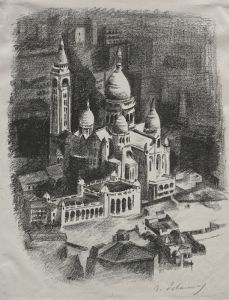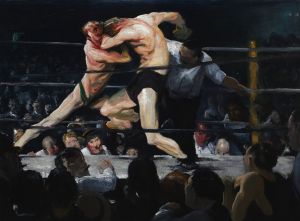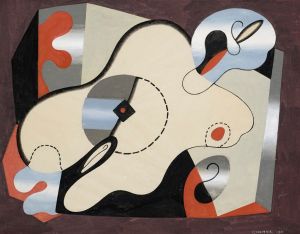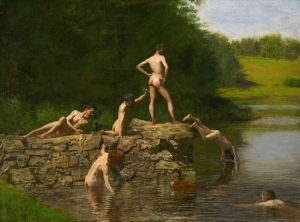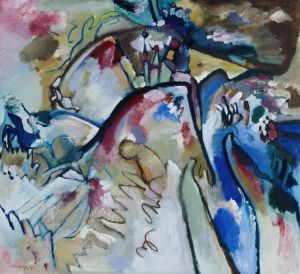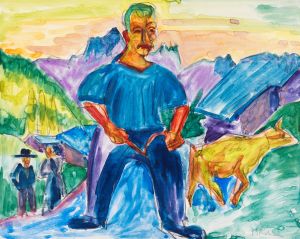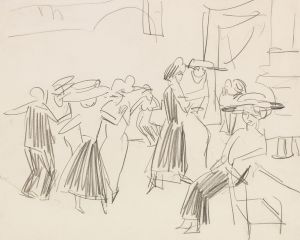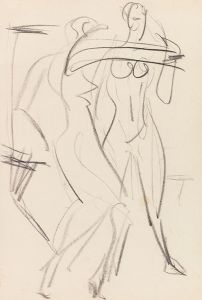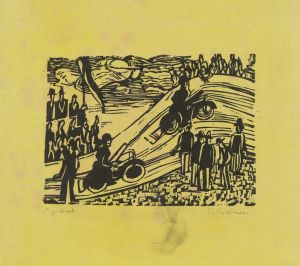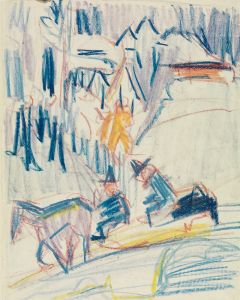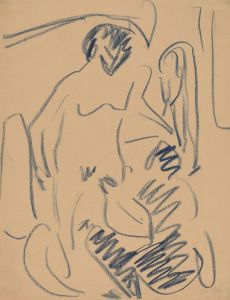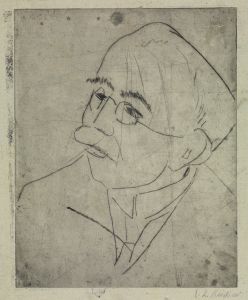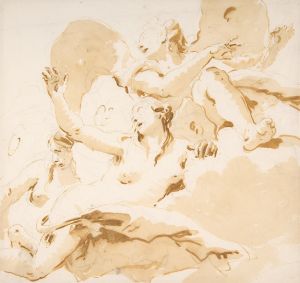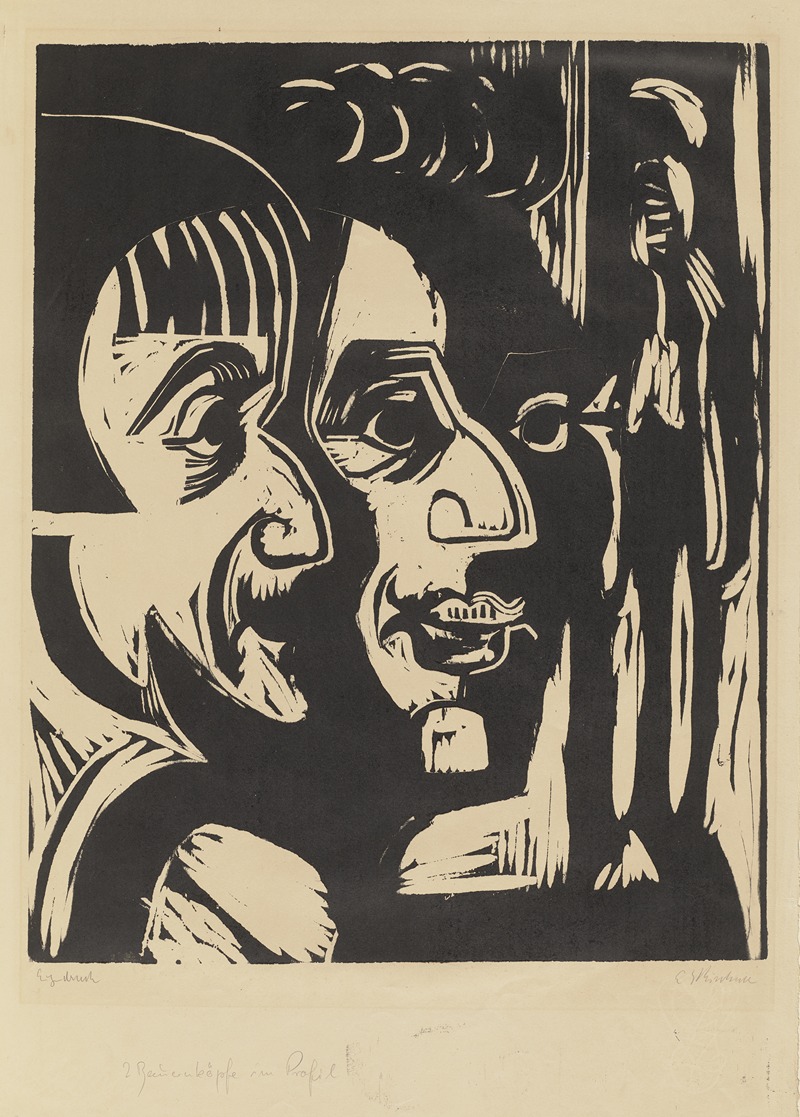
Zwei Köpfe
A hand-painted replica of Ernst Ludwig Kirchner’s masterpiece Zwei Köpfe, meticulously crafted by professional artists to capture the true essence of the original. Each piece is created with museum-quality canvas and rare mineral pigments, carefully painted by experienced artists with delicate brushstrokes and rich, layered colors to perfectly recreate the texture of the original artwork. Unlike machine-printed reproductions, this hand-painted version brings the painting to life, infused with the artist’s emotions and skill in every stroke. Whether for personal collection or home decoration, it instantly elevates the artistic atmosphere of any space.
Ernst Ludwig Kirchner, a prominent German expressionist painter and one of the founding members of the art group Die Brücke, created numerous works that explored the human form and emotional intensity. One of his works, Zwei Köpfe (translated as "Two Heads"), is a notable example of his artistic style. However, specific and detailed information about this particular painting is limited.
Kirchner's works often reflect his interest in the human figure, psychological depth, and the use of bold, expressive colors and forms. His art was heavily influenced by non-Western art, particularly African and Oceanic sculptures, as well as the urban environment of early 20th-century Germany. The title Zwei Köpfe suggests a focus on portraiture or the depiction of two individuals, which aligns with Kirchner's frequent exploration of human relationships and emotions.
Without further verifiable details about the creation date, medium, dimensions, or the specific context of Zwei Köpfe, it is challenging to provide a comprehensive description of this work. Kirchner's oeuvre, however, is characterized by his innovative approach to form and color, often using distorted figures and exaggerated features to convey emotional and psychological states.
If more information about Zwei Köpfe becomes available through reliable sources, it would allow for a more detailed analysis of this artwork within the context of Kirchner's career and the broader expressionist movement. For now, the painting remains an example of Kirchner's broader artistic themes and techniques.





